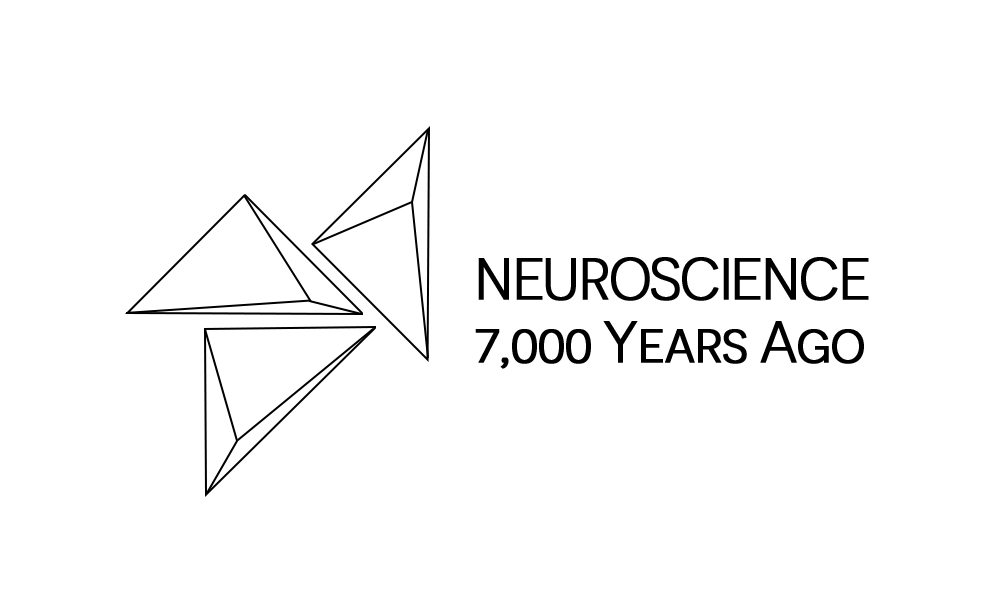
Simple Neurological Discoveries by Babylonians
The Babylonians were remarkable observers and documentalists of human illness and behavior through documenting the patients’ symptoms and signs as they observed it without specific diagnosis or relating those symptoms to a disease. However, their knowledge of anatomy was limited and superficial. Some diseases were thought to have a physical basis, such as eye and intestinal infections, worms, snake bites and trauma. Much else was the result of evil forces that required driving out, or else was a mystery yet to be understood. A physician, known as an asû, was responsible for physical treatments based on a broad plant- and mineral-based pharmacology, involving herbs, leaves, seeds and, in the case of trauma and surgery, poultices. Thus, with a variety of techniques and an impressive materia medica the asû would attempt to treat everything from headaches, eye diseases and bad teeth to constipation, worms and urinary infection, as well as draining abscesses and bandaging wounds. Many, perhaps most diseases required the attention of a priest or exorcist, known as an ašipu, to drive out evil demons or spirits or to appease personal or communal deities, using rituals, incantations and prayers together with ointments and amulets [1].
The following psychiatric and neurological diseases it thought that have been first document by Babylonians without specifically mentioning its origin or defining them:
Besides Epilepsy, many of the symptoms described in the (Akkadian Diagnostic Handbook) ADH have been identified and relate them to diverse diseases of neurological origin:
- Parkinson disease:
“If his face seems continually to be spinning (and) his hands and his feet tremble (and
he has been sick for) fifty-nine days, hand of Dapinu.”
- Dementia:
“[If] his [mentation] is continually altered, his words are unintelligible, and he forgets
whatever he says, a wind from behind afflicts him; he will die alone like a stranger.”
- Chorea:
“If the patient (is sick) and his ears ring (and) (his) right hand and foot jump to the left
and (his) left (hand and foot jump) to his right, hand of Šulak. He will not get well; he
will die.”
- Gilles de la Tourette Syndrome:
“If his illness enters and leaves (and when his confusional state comes over him), he
continually talks in a frightful manner, hand of antat lilĩ.”
- Autism:
“If a woman gives birth and (the child) rejects its mother…”
- Fainting:
[“If something like] a stupor continually afflicts him and his limbs are tense, his ears
roars, (and) his mouth is seized so that he cannot talk, hand of an evil alû.”
- Coma:
“If he trembles (and) makes (the pupils of) his eyes constrict, the one who strikes him
stands at his head and consequently he will die.”
- Narcolepsy:
“If a person goes to sleep and his sleep is pleasing to him (but) when he gets up, he
feels exhausted and goes back [to sleep]; to cure…”
- Cataplexy:
“[If] something like AN.TA.ŠUB.BA (seizure) continually flows over [a person] (and) he
cannot move his hands and feet by himself, a gallû afflicts that person.”
Assyrian physicians defined mental illness (Figure 1) in a very precise:
“a person who is well but his behavior is sick”
Among those caused by stress and worry, like headaches, the restless sleep, insomnia, nightmares, teeth grinding, dreaming of dead people, sleep talking
“I cannot sleep at night because of worry about you.”
However, the feeling of anxiety was attributed to the abandonment of the personal god or goddess:
“If a person continually has crushing of the heart (and) day and night he has fearfulness, his god is angry with him; in order to make his god at peace with him…”
Healers and physicians of Mesopotamia demonstrates the ability into observation and analysis of diseases carried out by these specialists. Observations and documentation was the theme of this era that’s why their healing wisdom probably influenced in the pre-Hippocratic medicine, mainly at School of Cnidus
References:
1 Reynolds, E.H., and Kinnier Wilson, J.V.: ‘Neurology and psychiatry in Babylon’, Brain, 2014, 137, (9), pp. 2611-2619

